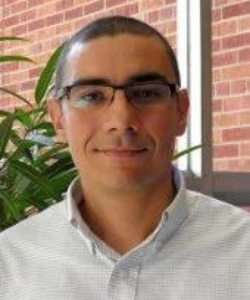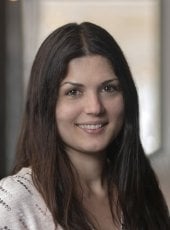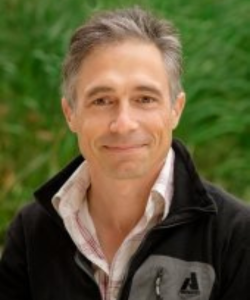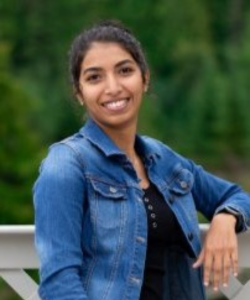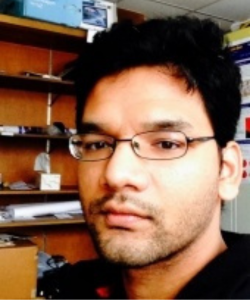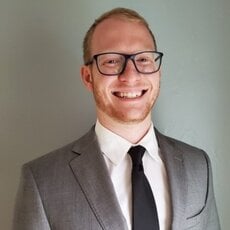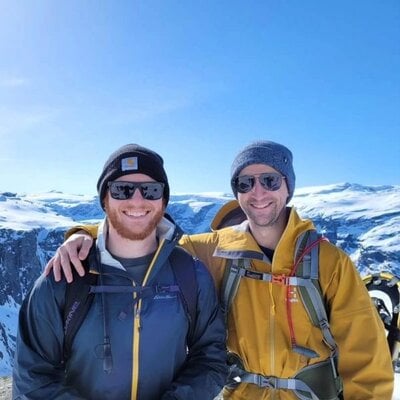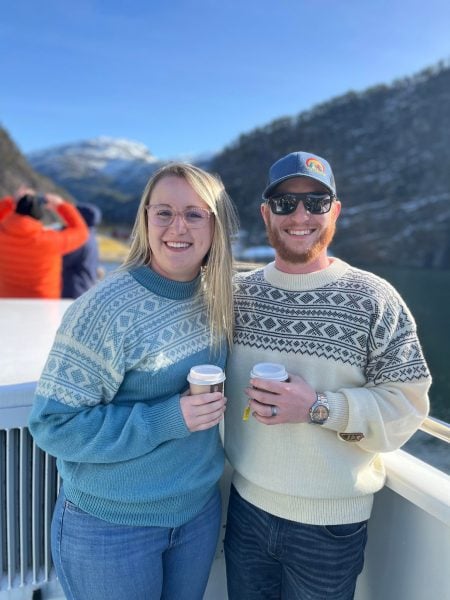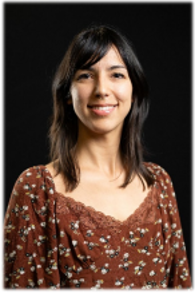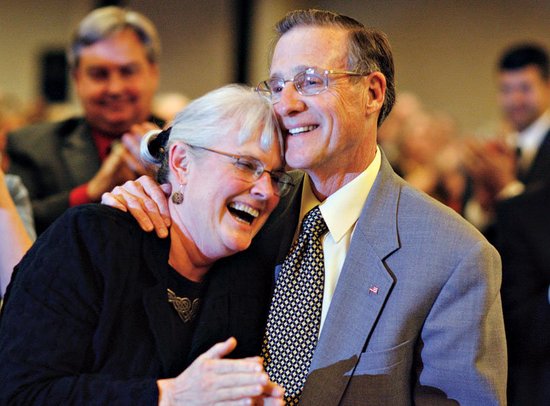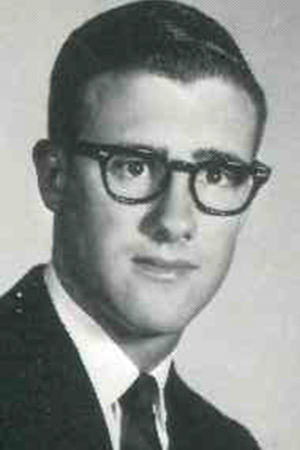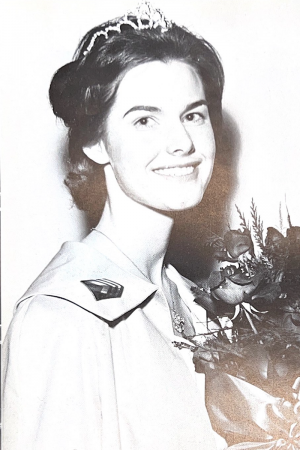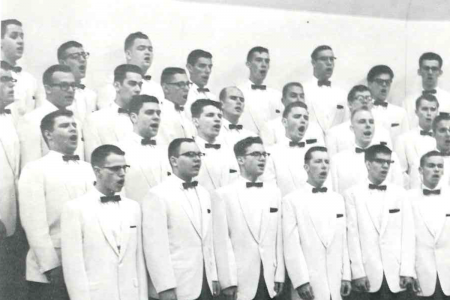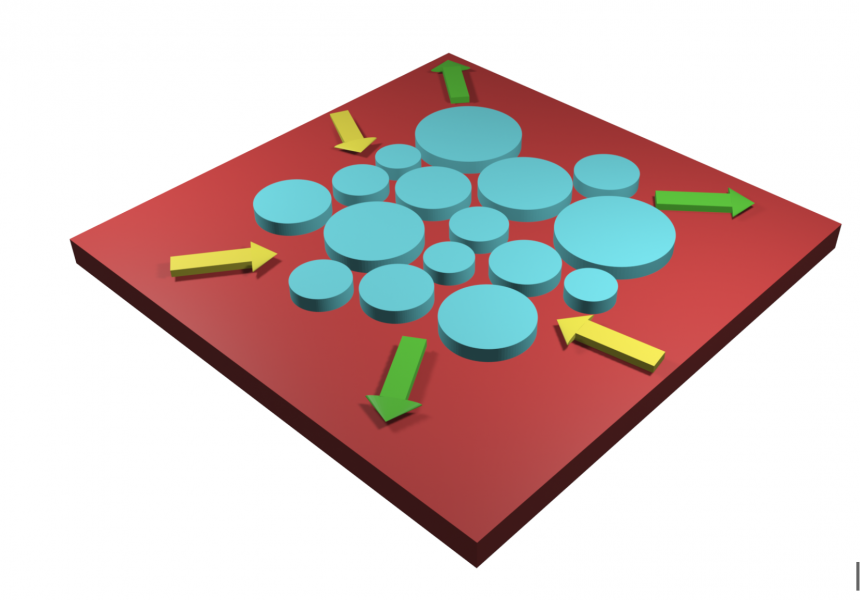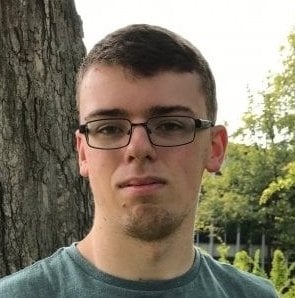Ramy El-Ganainy is the PI on a project that has received a $53,754 research and development contract from the University of Southern California. The project is titled “Optical Thermodynamics of Nonlinear Multimode Systems Topic 1.A.ii(4) Quantum Optics.”
About Ramy El-Ganainy
El-Ganainy is a professor of physics. Recently, he joined the Max Planck Institute for the Physics of Complex Systems as a guest scientist for one year. Elected by the Board of Directors of Optica (formerly OSA), Advancing Optics and Photonics Worldwide, to the Society’s 2023 Fellow Class for seminal contributions in the fields of non-Hermitian photonics, parity-time symmetry, and optical supersymmetry. His research interests span a wide spectrum of topics, ranging from classical optics to computational techniques for radiation-matter interactions. He has published 175+ papers and given more than 10 conference presentations.
About the Physics Department
Physicists at Michigan Technological University help students apply academic concepts to real-world issues. Our physicists take on the big questions to discover how the universe works—from the smallest particles to the largest galaxies. The Physics Department offers three undergraduate degrees and three graduate degrees. Supercharge your physics skills to meet the demands of a technology-driven society at a flagship public research university powered by science, technology, engineering, and math. Graduate with the theoretical knowledge and practical experience needed to solve real-world problems and succeed in academia, research, and tomorrow’s high-tech business landscape.
Questions? Contact us at physics@mtu.edu. Follow us on Facebook, Twitter, and YouTube for the latest happenings. Or read more at the Physics Newsblog.
